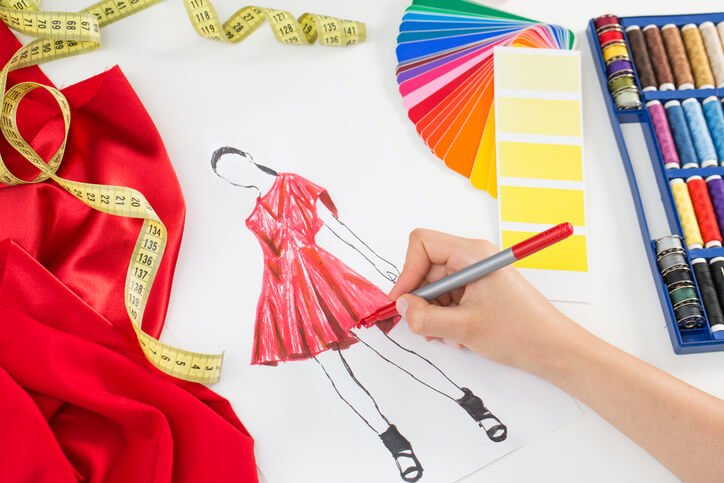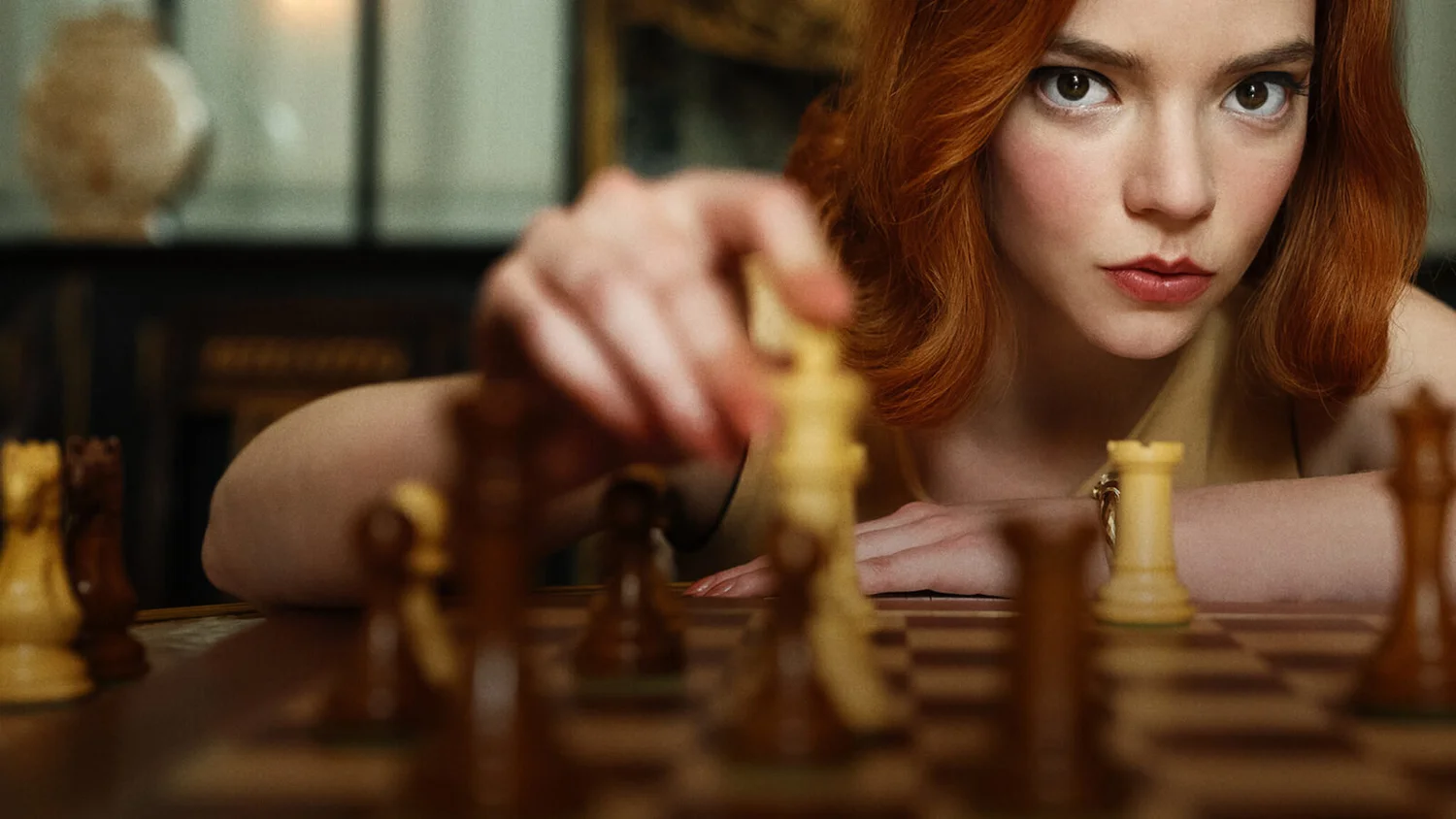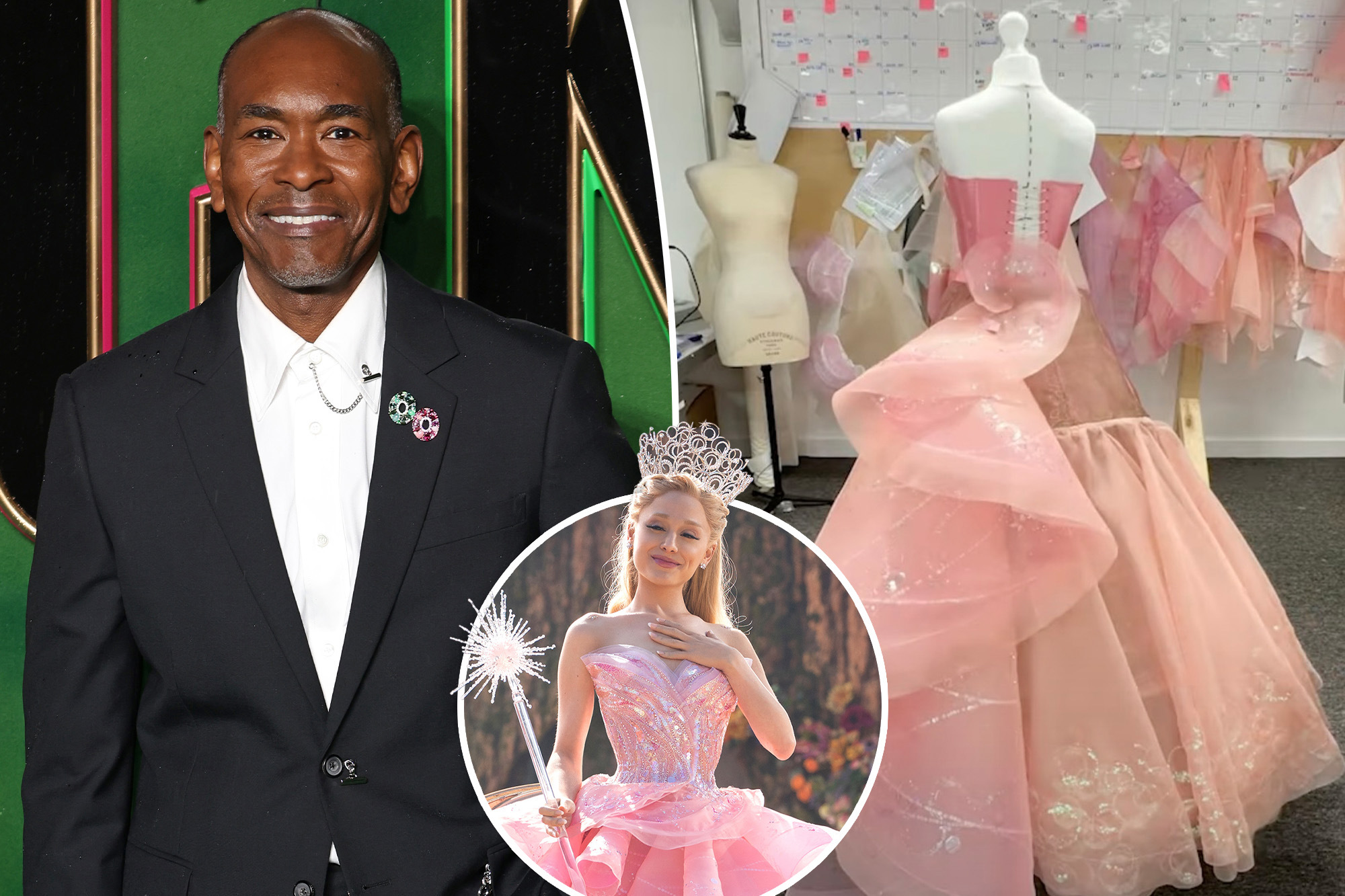scrapfellow.com – Fashion design is an exciting and competitive field that blends creativity, artistic expression, and business acumen. Becoming a successful fashion designer requires a combination of talent, education, experience, and determination. Whether you dream of launching your own clothing line, working for a major fashion house, or designing for celebrities, there are essential steps to follow to establish yourself in the industry.
1. Develop Your Passion and Creativity
Fashion design is an art form that requires a deep passion for style, trends, and aesthetics. Before pursuing a career in fashion, take time to explore your creativity and personal style.
- Study fashion trends from different eras and cultures.
- Experiment with sketching clothing ideas.
- Stay updated on current fashion trends by following designers, magazines, and runway shows.
- Learn about fabrics, textures, and color theory.
Creativity is the foundation of fashion design, so continuously challenging yourself with new ideas and concepts is crucial.
2. Learn Basic Design Skills
To bring your fashion ideas to life, you must develop fundamental design skills. These include:
- Sketching: Practice drawing fashion illustrations to visualize your designs.
- Sewing and Pattern-Making: Learn how to sew garments and create patterns, as this helps in understanding construction techniques.
- Draping: Experiment with fabric draping on a mannequin to see how materials fall and fit.
- Computer-Aided Design (CAD): Many fashion designers use software like Adobe Illustrator, CLO 3D, or CorelDRAW to create digital designs.
Taking fashion courses or online tutorials can help sharpen these essential skills.
3. Pursue a Fashion Education
While some designers are self-taught, formal education can provide a strong foundation in fashion design, business, and marketing. Consider pursuing:
- A Bachelor’s Degree in Fashion Design: Many top fashion schools offer programs that cover design principles, textile science, and business management.
- A Diploma or Certificate Program: If you prefer a shorter course, many institutions offer specialized training in areas like fashion merchandising, pattern-making, and styling.
- Internships and Apprenticeships: Hands-on experience with established designers or fashion houses can be just as valuable as a degree.
Some prestigious fashion schools include:
- Parsons School of Design (USA)
- Fashion Institute of Technology (FIT) (USA)
- Central Saint Martins (UK)
- Instituto Marangoni (Italy)
4. Gain Experience in the Industry
Building real-world experience is essential for success in fashion design. Look for opportunities such as:
- Internships: Working under experienced designers will help you understand the fashion industry and improve your skills.
- Assistant Designer Positions: Entry-level jobs at fashion companies provide hands-on experience in designing, production, and branding.
- Freelance Work: Start small by designing custom outfits for clients or collaborating with local fashion boutiques.
- Competitions: Participate in fashion design contests to showcase your talent and gain exposure.
5. Build a Strong Portfolio
Your portfolio is your visual resume and one of the most important tools for landing jobs or starting your own fashion brand. A great portfolio should include:
- Sketches and illustrations of your designs.
- High-quality photos of completed garments.
- Fabric swatches and mood boards that show your creative process.
- CAD designs and digital renderings.
A well-organized and diverse portfolio can set you apart from the competition.
6. Understand the Business of Fashion
Being a fashion designer isn’t just about creativity—it’s also about business and marketing. To succeed, you need to understand:
- Branding: Develop a unique style or signature look that distinguishes your designs.
- Fashion Marketing: Learn how to promote your work through social media, websites, and fashion shows.
- Sales & Production: If you plan to start your own fashion line, understanding production costs, pricing strategies, and supply chains is essential.
- Networking: Attend fashion events, trade shows, and exhibitions to connect with industry professionals.
7. Start Your Own Fashion Label (Optional)
If your goal is to become an independent fashion designer, launching your own brand is the next step. Here’s how:
- Develop a Business Plan: Outline your brand identity, target market, pricing, and distribution strategy.
- Create a Collection: Start with a small collection that showcases your design aesthetic.
- Find Manufacturers: Work with textile suppliers and garment manufacturers to produce your designs.
- Market Your Brand: Use social media, fashion influencers, and runway events to promote your brand.
- Sell Your Designs: Set up an online store, collaborate with retailers, or participate in pop-up shops and fashion shows.
8. Stay Updated and Keep Evolving
Fashion is an ever-changing industry, so staying relevant is key. Continue learning and improving by:
- Following industry trends, attending fashion weeks, and researching emerging designers.
- Expanding your skills in sustainable fashion and new design technologies.
- Experimenting with different styles, materials, and techniques.
Final Thoughts
Becoming a successful fashion designer requires dedication, patience, and a willingness to learn. Whether you choose to work for a major fashion house or launch your own brand, following these steps will help you develop the skills, experience, and creativity needed to make an impact in the industry. With passion, perseverance, and a unique vision, you can turn your dreams into a thriving fashion career.





